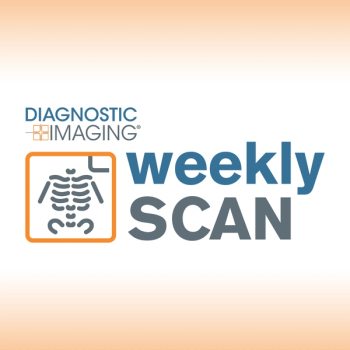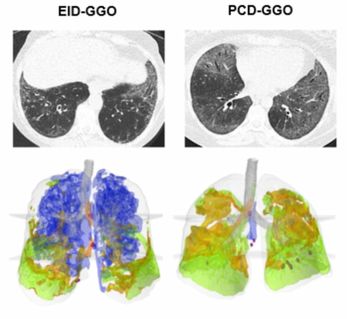
Diagnostic Imaging's A Look Ahead: Feb. 15, 2021, to Feb. 19, 2021
Here's what to expect this week on Diagnostic Imaging.
In this week’s preview, here are some highlights of what you can expect to see coming soon:
Coronary artery disease affects more than 3 million Americans every year, and it has a number of risk factors. Historically, coronary CTA has been used to assess and provide details about a patient’s atherosclerosis. New evidence is out this week, revealing that not all risk factors are equal, nor do they act on body in the same way. Look for details later this week about the impact of these factors.
For more coronary CTA coverage,
For more coverage based on industry expert insights and research, subscribe to the Diagnostic Imaging e-Newsletter
Since the start of the COVID-19 pandemic, most attention has been paid to the pulmonary, cardiovascular, neurological, and gastrointestinal impacts of the virus. But, investigators are now learning that the effects of infection go further – it can affect vision. This week, look for coverage of how COVID-19 can impact the eyes and how it presents on imaging.
For more coverage of imaging and the eye,
Thrombectomy, stents, or anti-thrombotic medication are typically used to treat patients who are suffering from acute ischemic stroke. But, providers can often face questions about making the right decision. In Radiology, investigators from the University of California at San Francisco published their study results, showing that integrating intra-procedural 3T MRI into acute ischemic stroke treatment can effectively guide decision-making. Look for details later this week.
For additional coverage of imaging for stroke,
Newsletter
Stay at the forefront of radiology with the Diagnostic Imaging newsletter, delivering the latest news, clinical insights, and imaging advancements for today’s radiologists.




























